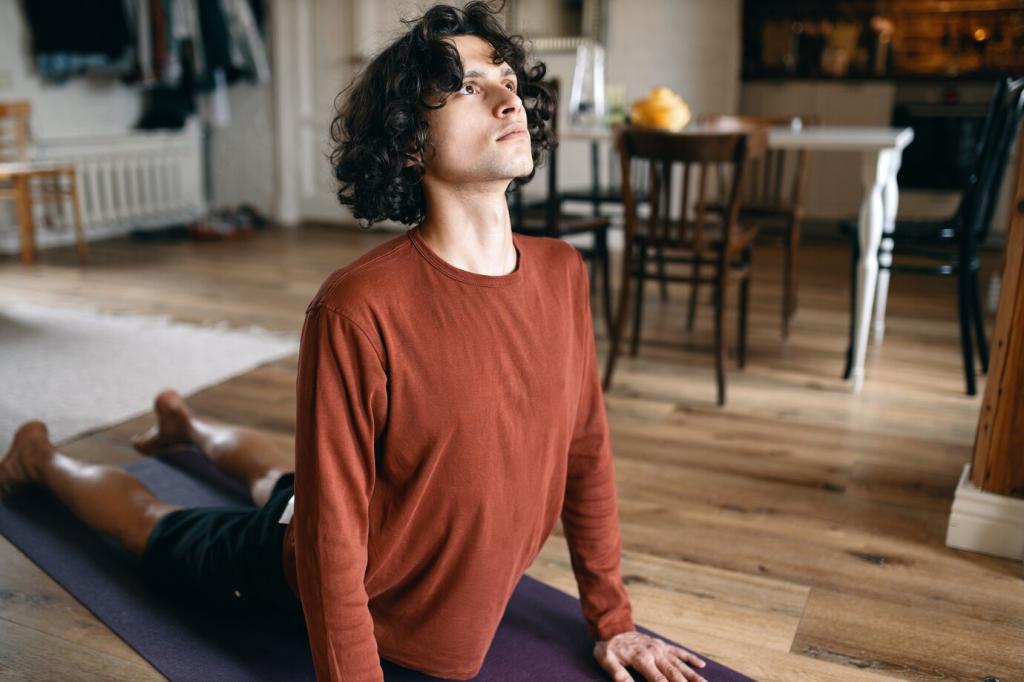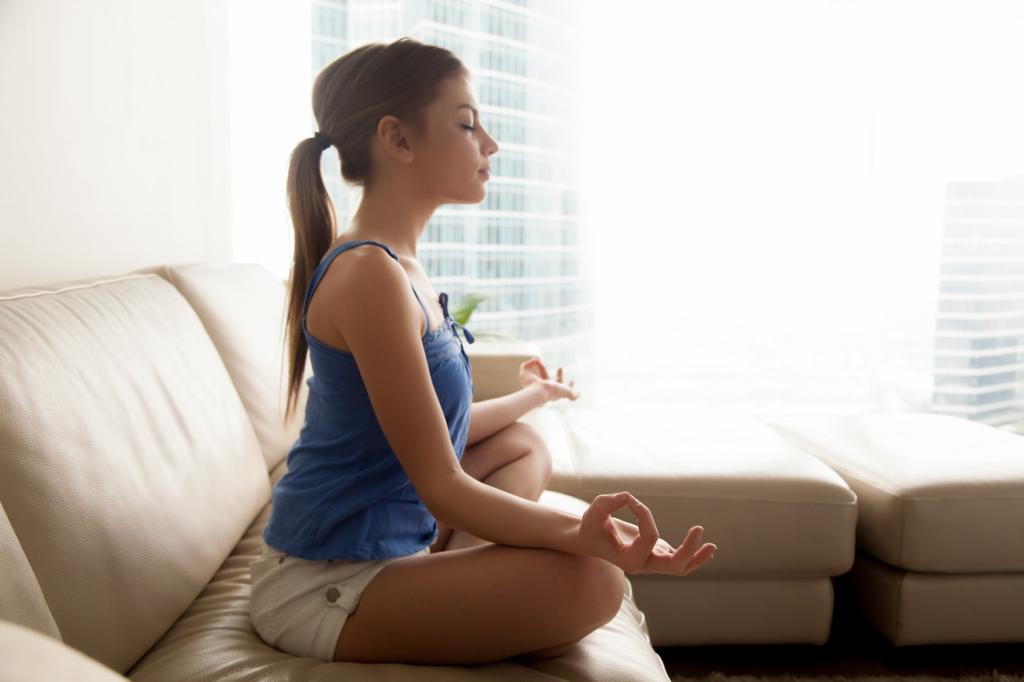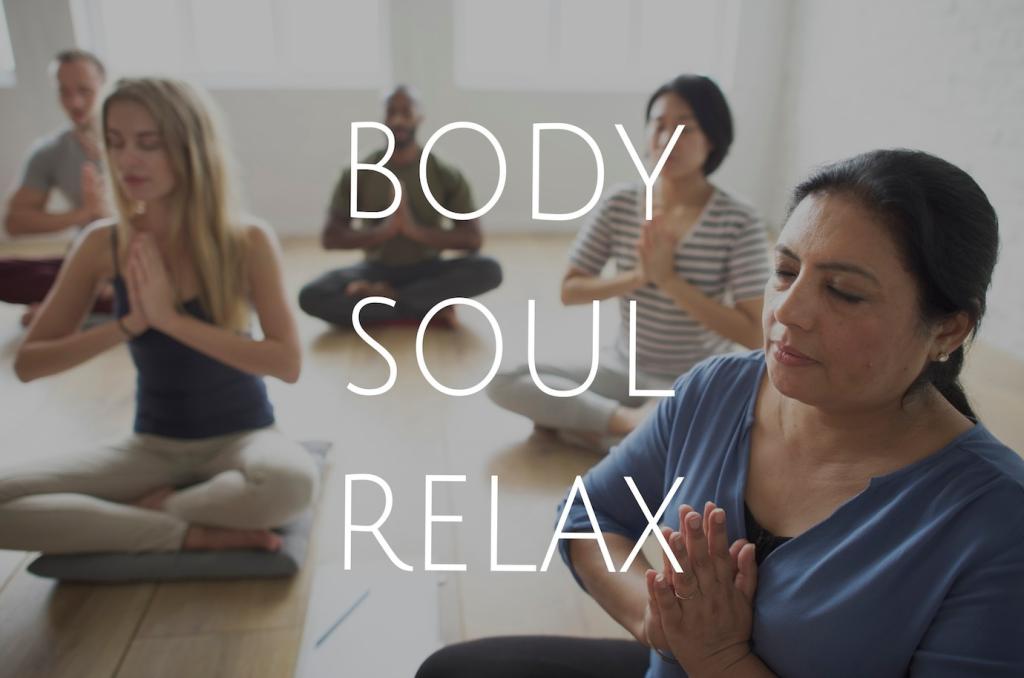Finding the Spot: Quiet within the Everyday
Observe a week of movement. Note when the kitchen hums, when the living room empties, and where morning light lands. Choose edges, corners, or window seats that naturally quiet down. Sketch a simple map and mark your contenders.
Finding the Spot: Quiet within the Everyday
Under-stair alcoves, bay windows, wide landings, even a deep wardrobe can transform beautifully. Round a sharp corner, add a floor cushion, and a low shelf. One reader used an 80-centimeter niche and finally meditated daily.




